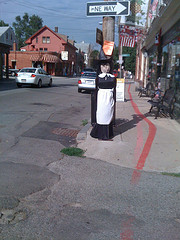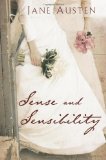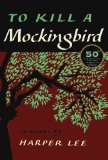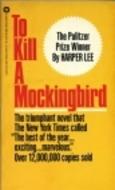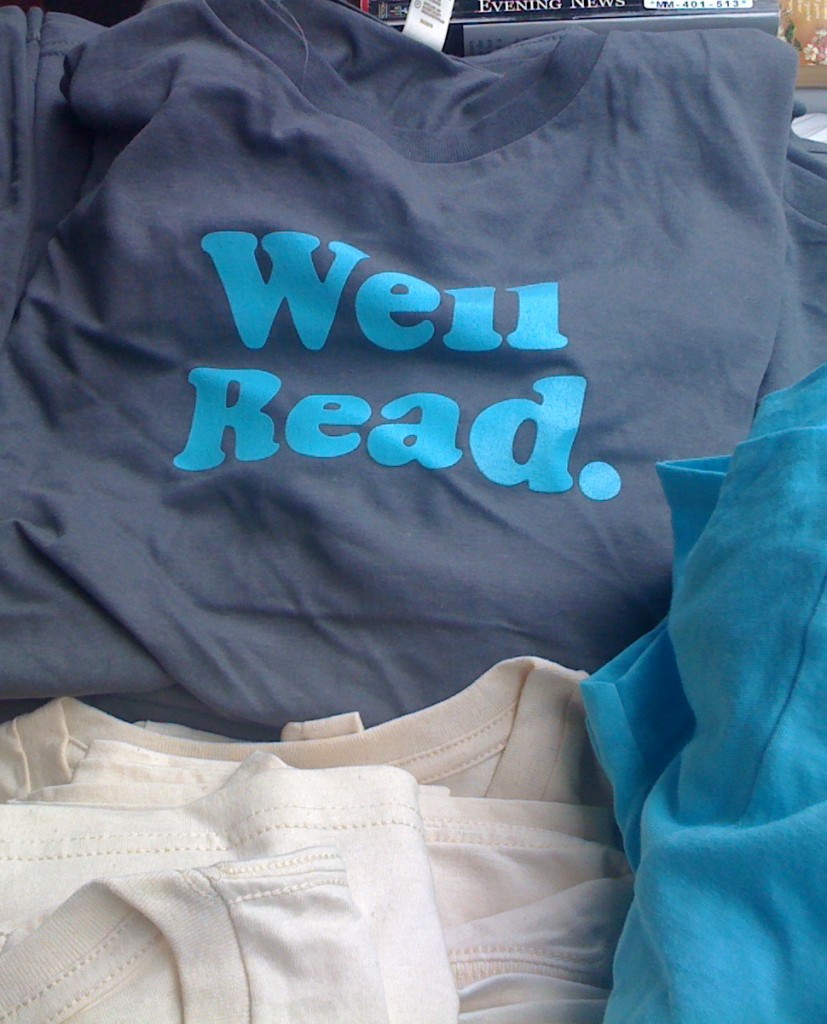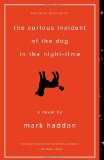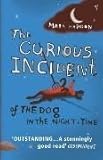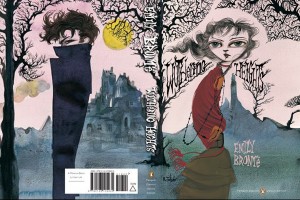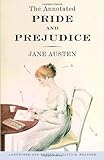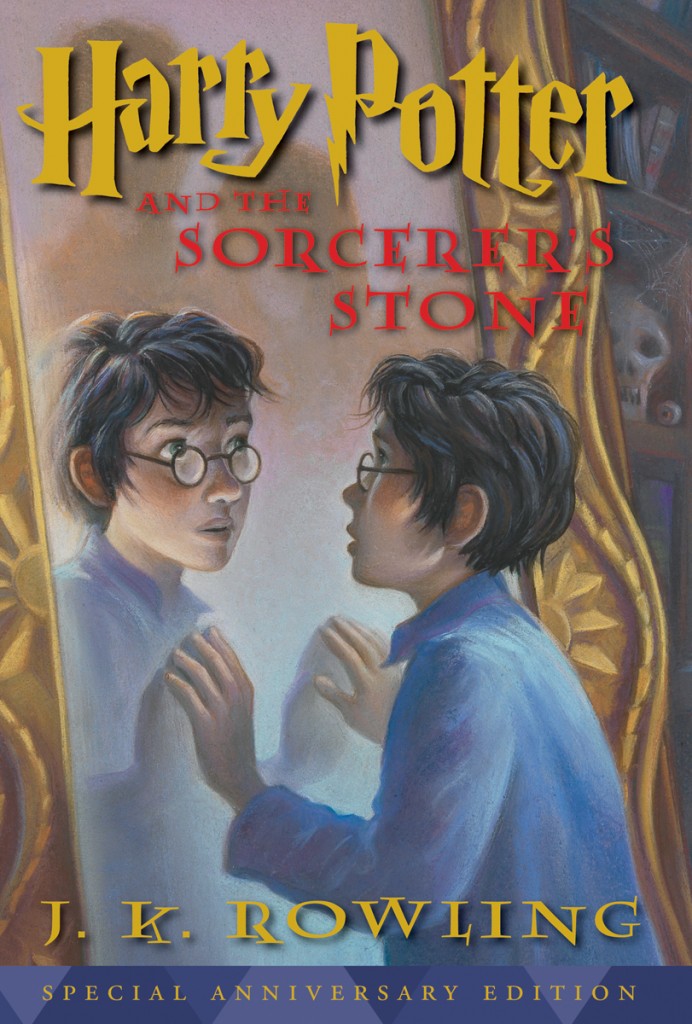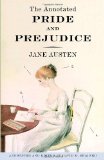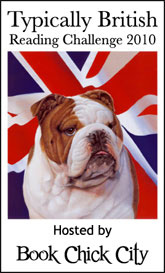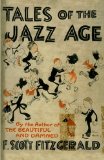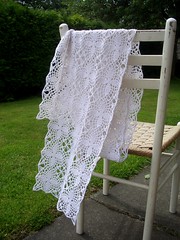 After finishing The Map of True Places, I decided to re-read The Lace Reader. I won’t give away the spoilery ending, but I will say that The Lace Reader is an interesting and different book on a re-read after the reader knows how it ends. I had forgotten that Ann Chase, who appears in The Map of True Places, was also in this book, but when she mentions being friends with Towner Whitney, I looked it up and discovered she had indeed been a character. She is such a fun character and so well drawn. It would be interesting for Barry to give her a story in which she takes center stage. Barry casts Ann Chase as a descendant of Giles and Martha Corey, which isn’t possible because they had no children together. I don’t know if it’s a mistake, poetic license, or Towner’s error. It might have been fun to cast Ann as a descendant of John and Elizabeth Proctor—perhaps even the baby Elizabeth was carrying that saved her life until the hysteria died down. Lace reading is one of those things that sounds so true it’s a bit of a surprise to learn that Brunonia Barry invented it. I’ll bet it has some practitioners now. At any rate, I think I’m actually enjoying this novel more on a re-read than I did the first time around, perhaps because I recently visited the novel’s setting or perhaps because I’m reading it with different eyes knowing the ending. Either way, I’m turning the pages. I was pleasantly surprised to discover that Barry signed my paperback copies of The Lace Reader in addition to my copies of The Map of True Places. I won two copies of each book as part of my prize package. I’m on about page 60, but will probably read some more before I call it night.
After finishing The Map of True Places, I decided to re-read The Lace Reader. I won’t give away the spoilery ending, but I will say that The Lace Reader is an interesting and different book on a re-read after the reader knows how it ends. I had forgotten that Ann Chase, who appears in The Map of True Places, was also in this book, but when she mentions being friends with Towner Whitney, I looked it up and discovered she had indeed been a character. She is such a fun character and so well drawn. It would be interesting for Barry to give her a story in which she takes center stage. Barry casts Ann Chase as a descendant of Giles and Martha Corey, which isn’t possible because they had no children together. I don’t know if it’s a mistake, poetic license, or Towner’s error. It might have been fun to cast Ann as a descendant of John and Elizabeth Proctor—perhaps even the baby Elizabeth was carrying that saved her life until the hysteria died down. Lace reading is one of those things that sounds so true it’s a bit of a surprise to learn that Brunonia Barry invented it. I’ll bet it has some practitioners now. At any rate, I think I’m actually enjoying this novel more on a re-read than I did the first time around, perhaps because I recently visited the novel’s setting or perhaps because I’m reading it with different eyes knowing the ending. Either way, I’m turning the pages. I was pleasantly surprised to discover that Barry signed my paperback copies of The Lace Reader in addition to my copies of The Map of True Places. I won two copies of each book as part of my prize package. I’m on about page 60, but will probably read some more before I call it night.
Aside from The Lace Reader, I’m also reading Georgette Heyer’s Charity Girl for Austenprose’s Celebration of Georgette Heyer. It’s a quick read, but I have to admit that the Regency slang is hard for me to navigate. I have had to use the dictionary a lot (thank goodness I’m reading it on my Kindle, so that’s easy). I have a quibble with the Kindle edition, however. Many of the words are broken up (i.e. to gether) and the paragraphs are formatted wrong. No indentation at the beginning of a new one and little indication of a new paragraph. It’s been maddening to read from an aesthetic viewpoint. I think I’ll finish it quickly. I’m 46% done now.
I am also reading Ernest Hemingway’s A Farewell to Arms, which I have never read. I am teaching American literature again this year, and it’s the only required book for summer reading. The other books are choice books. Because we are supposed to teach the required book as our first unit, I need to read it. It’s not bad, but it’s not really what I want to read right now in my current frame of mind, so I’ve not got too far. I’m also reading it on the Kindle, and I’m 12% finished.
So what are you reading? Is it good?
photo credit: Maria Keays

